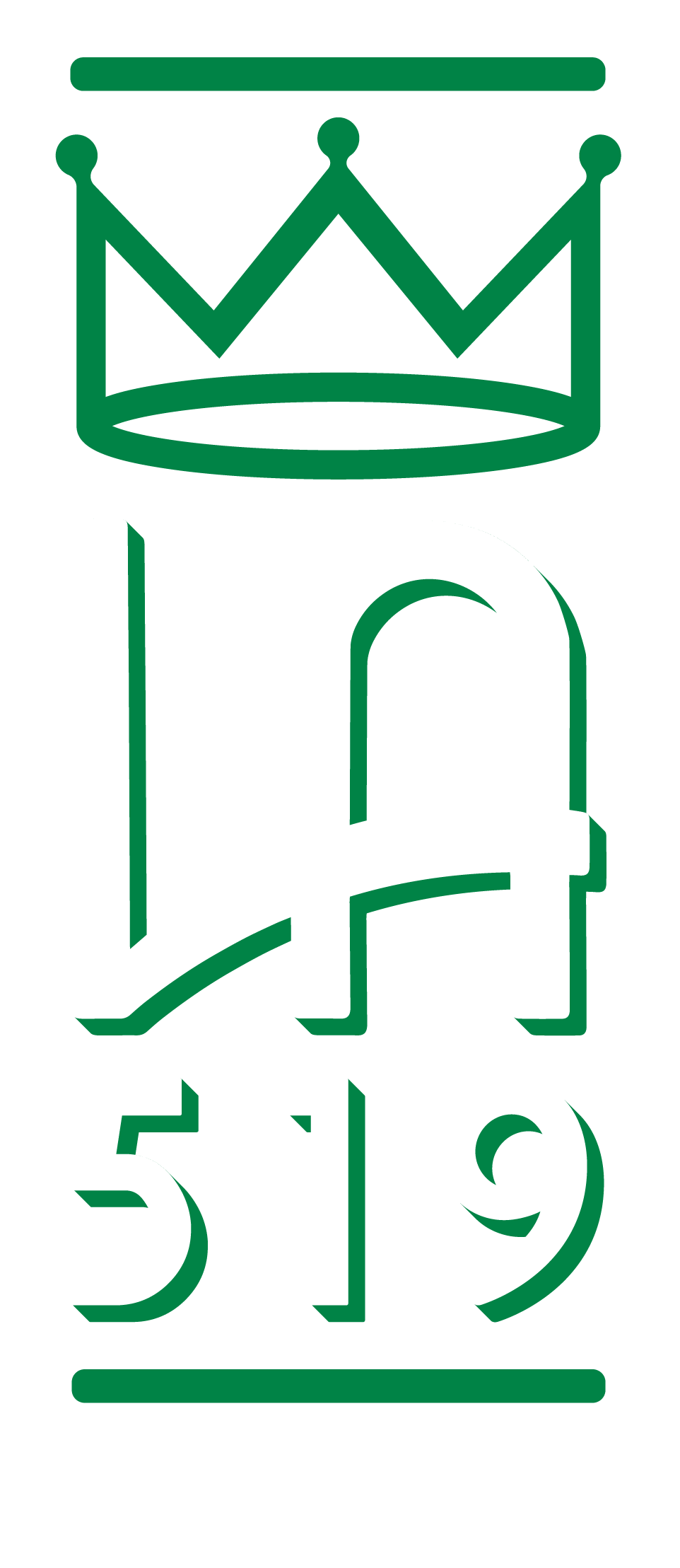The Programme:
QPR stands for Question, Persuade, and Refer — the 3 simple steps anyone can
learn to help save a life from suicide. Just as people trained in CPR and the
Heimlich Manoeuvre help save thousands of lives each year, people trained in
QPR learn how to recognise the warning signs of a suicide crisis and how to
question, persuade, and refer someone to help.
How is QPR like CPR?:
Both are interventions. Much of the world is familiar with CPR — short for
cardiopulmonary resuscitation — an emergency medical intervention created in
1957 by Peter Safar. The process is designed to stabilize people who aren’t
breathing or breathing intermittently and who may be in cardiac arrest until the
person can reach a hospital or other care.
Similarly, QPR is an an emergency mental health intervention for suicidal
persons created in 1995 by Paul Quinnett. An abbreviation for Question,
Persuade and Refer, the intent is also to identify and interrupt the crisis and
direct that person to the proper care.
Both are part of a "Chain of Survival": Both CPR and QPR are part of systems
designed to increase the chance of survival in the event of a crisis.

